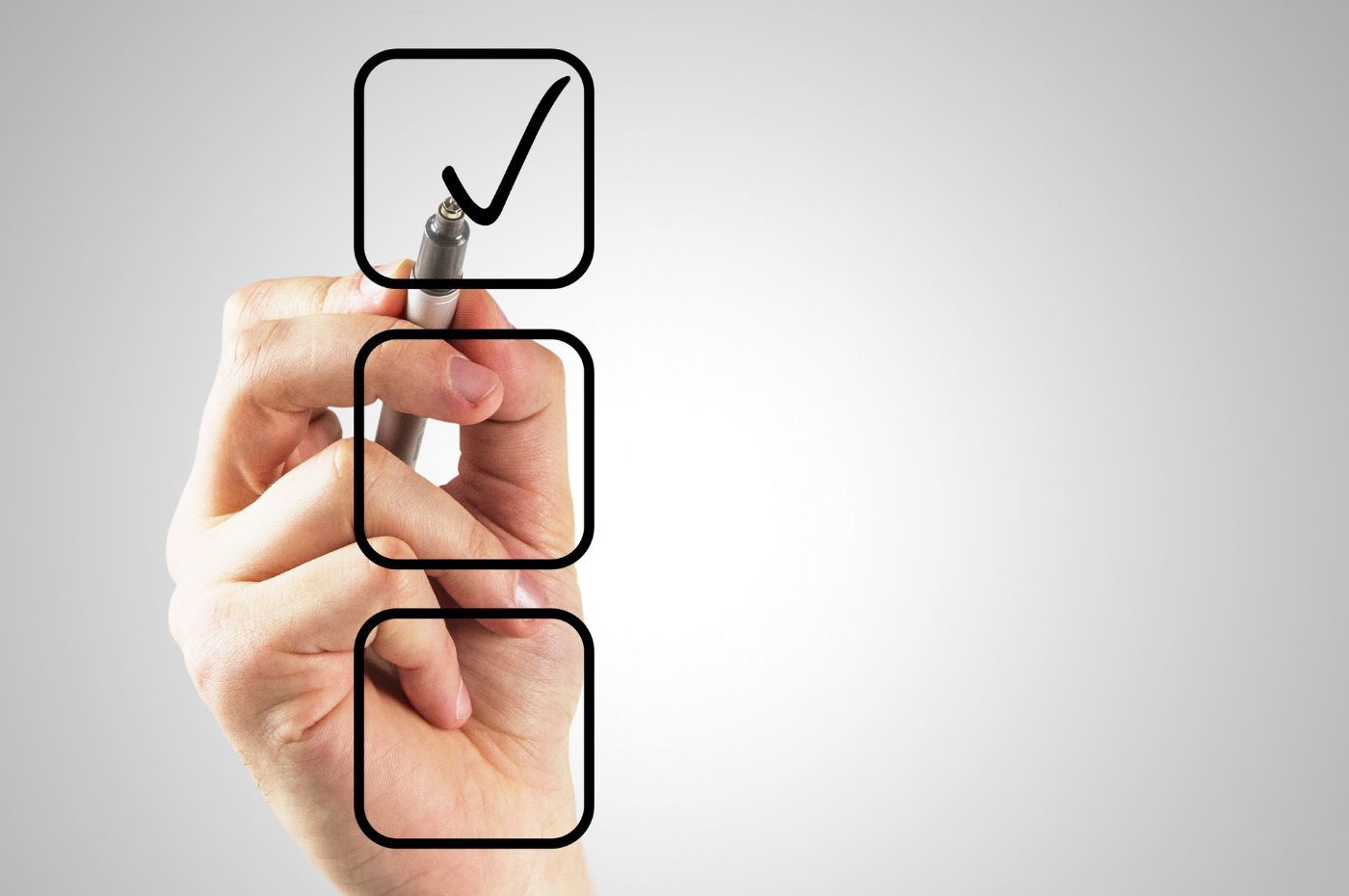Dreaming of buying a house but not sure where to begin? Whether you're looking for a house, a condo or a duplex, the buying process has several important steps.
With the proper preparation, you’ll feel more confident and make the process much smoother. Find out how to successfully bring your real estate project to life, step by step!
1. Definine your borrowing capacity
Before you even start looking for your dream property, it’s crucial to understand your borrowing capacity. This will allow you to begin your search with a clear budget and focus on properties within your reach.
The best way to determine this is by obtaining a mortgage pre-approval from your financial institution or a mortgage broker. This process involves reviewing your income, debts and current expenses to create a realistic budget for your purchase.
There are also several online tools that let you estimate your borrowing capacity with just a few clicks. However, keep in mind that these estimates are only rough guidelines and do not carry the same official weight as a pre-approval from a financial institution.
In fact, XpertSource.com offer an online calculator specifically designed to help estimate your borrowing capacity, so you don’t need to look any further!

2. Determine your down payment amount
Once you have a better understanding of how much you can borrow for your mortgage, you’ll be in a better position to determine the down payment you’ll need to have already.
The down payment is the amount you must pay upfront when purchasing a property. It’s a percentage of the property’s purchase price. Typically, you’ll need to provide at least 5% of the purchase price, but a larger down payment can help reduce the loan amount you’ll need to secure.
Additionally, if your down payment is 20% or more of the purchase price, you’ll avoid paying mortgage loan insurance.
It’s also wise to set aside at least 1.5% of the purchase price in additional funds. This money will cover other expenses related to buying the property.
3. Explore your preferences
At this stage, you likely have a general idea of what you’re looking for. However, it’s important to ensure that all of your criteria are precise and well defined. This will make your search much easier and help your real estate agent find the perfect house for you.
Consider the following factors:
The type of property you want to acquire:
-
A condo
-
A detached house
-
A semi-detached house
-
A townhouse
-
A duplex
The location of your future home:
-
In the city or in the countryside?
-
Downtown or in a quiet neighbourhood?
-
Close to a school or your workplace?
The size of the house and number of rooms:
-
How many bedrooms do you need? Bathrooms?
-
Would you like a basement? A garage?
-
One or two stories?
-
A small or large yard?
The condition of the property:
-
Are you looking for a brand-new house?
-
Are you ready to do renovations?
Additional features:
-
Pool
-
Elevator
-
Fireplace
-
And more.
When defining your search criteria, make sure to consider your personal, professional and family needs both in the short term and for the future.

4. Find a real estate broker
Ready to take the next step? It's time to hire a real estate agent! This expert will guide you through every step of the property-buying process, from property viewings to finalizing the deal at the notary, and everything in between. With their market expertise, strategic advice, and access to a wide range of properties, they’ll help you find the perfect home while steering you clear of common pitfalls.
Make sure to choose a real estate agent who meets all your needs:
-
Knowledge of the desired neighbourhood.
-
Familiarity with the type of property you're looking for.
-
Professional experience.
-
Positive feedback from past clients.
-
Availability and responsiveness.
-
And more.
Feel free to compare a few agents to find someone you can trust completely.
Did you know?
As a buyer, you won't have to pay the real estate agent's commission; their services are completely free to you!
In most cases, your agent will split the commission with the seller’s agent for the property you’ve chosen.

5. Find your new home
Your real estate agent will offer several properties that meet your needs, criteria, and budget. You’ll likely need to visit a few to compare your options before finding the perfect home.
Make sure to carefully evaluate each property, paying attention to its overall condition, location and long-term potential. Don’t hesitate to ask the seller of their agent any questions to help you get a clearer understanding of the property.
6. Make an offer
Found a property you're interested in? It's time to submit an offer to purchase to the seller. This document should include:
-
The proposed price for the property.
-
The acceptance deadlines.
-
Conditions to finalize the sale, such as:
-
A pre-purchase inspection.
-
Obtaining a mortgage.
-
The sale of your current home, if applicable.
Once your offer is received, the seller can:
-
Accept your offer: You can then move forward with the purchase according to the agreed terms.
-
Reject your offer: You can submit a new offer by adjusting certain conditions or move on to other properties.
-
Make a counteroffer: This starts a negotiation process, which may be quick or lengthy, depending on the expectations of both parties.
Your real estate agent will obviously guide and advise you throughout this stage.

7. Conduct a pre-purchase inspection
While not mandatory, a pre-purchase inspection is strongly recommended before buying a property. Be sure to include this as a condition in your purchase offer.
Once your offer is accepted by the seller, hire a qualified building inspector to assess the condition of the property you’re about to buy and confirm whether it meets your expectations.
During the inspection, the inspector will examine various visible and accessible parts of the home to identify any potential issues or hidden defects. They will provide you with a detailed report outlining their finding.
If major defects are found, you’ll have the option to:
-
Renegotiate the terms of the offer, such as requesting a price reduction or asking the seller to carry out necessary repairs.
-
Cancel the transaction, but only in the most serious cases.
8. Secure a mortgage to finance your purchase
It’s time to secure the funds needed to complete your purchase. Reach out to your mortgage broker or the financial institution that provided your mortgage pre-approval.
Beyond the loan amount and interest rate, be sure to review all the terms of the mortgage to ensure they align with your needs. Here are key factors to consider:
-
Mortgage type (conventional, subsidized, closed, or open).
-
Interest rate type (fixed, variable, hybrid, or combined).
-
Payment frequency (weekly, biweekly, or monthly).
-
Term duration (usually 5 years).
-
Amortization period (typically 25 years).
-
Prepayment penalties.
Working with a mortgage broker can often be more beneficial, as they can negotiate with multiple banks to find the best terms for you. Plus, they’re paid by the banks, so their services come at no cost to you. Why not take advantage of their expertise?

9. Sign the deed of sale at the notary
After weeks or even months of searching, you're finally nearing the finish line. One of the last steps is signing the deed of sale at the notary.
By this point, all relevant property documents, such as the location certificate and property titles, have been validated by the notary. Along with the buyer and seller, the notary will oversee the transfer of funds and property ownership. This is the official step that completes the real estate transaction.
It's important to remember that the notary is a public official recognized by the state. The documents they prepare are legally binding and hold weight in court. Their role ensures your investment is protected and the transaction is legally valid.
10. Move in and complete post-purchase formalities
Once the real estate transaction is completed, it's time to plan your move and start settling into your new home.
Make sure to update your address with essential organizations like government agencies, Hydro-Québec, your internet provider, insurance company, and others.
Also, don't forget that after moving in, you'll need to pay the welcome tax.
Congratulations! You're now officially the owner of your new home!
Are you interested in embarking on the 10-step buying journey?
XpertSource.com can help you in your efforts to find real estate professionals. By telling us about your project, we will refer you to top-rated experts, free of charge! Simply fill out the form (it only takes 2 minutes) and you will be put in contact with the right experts.





